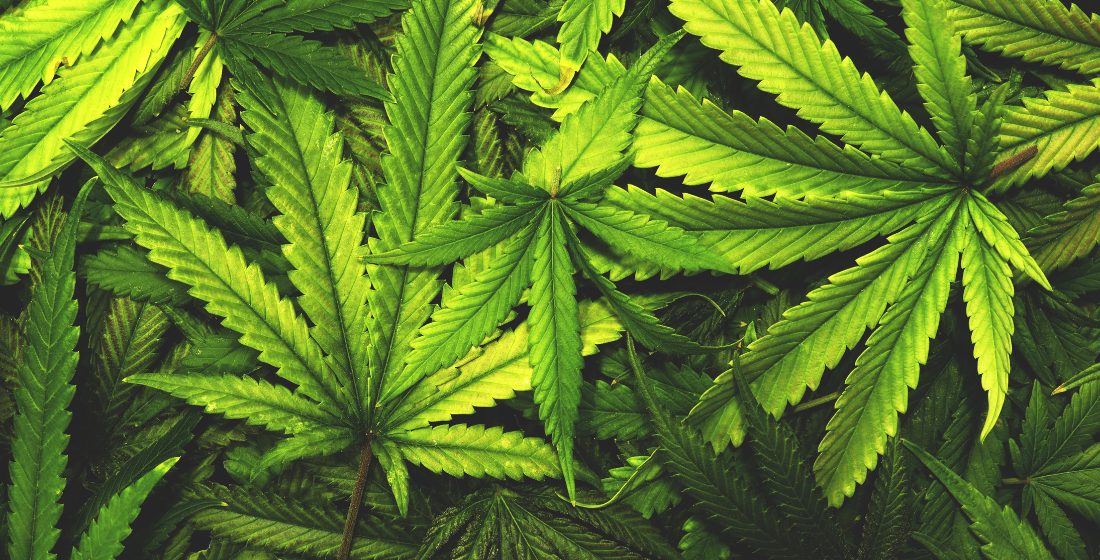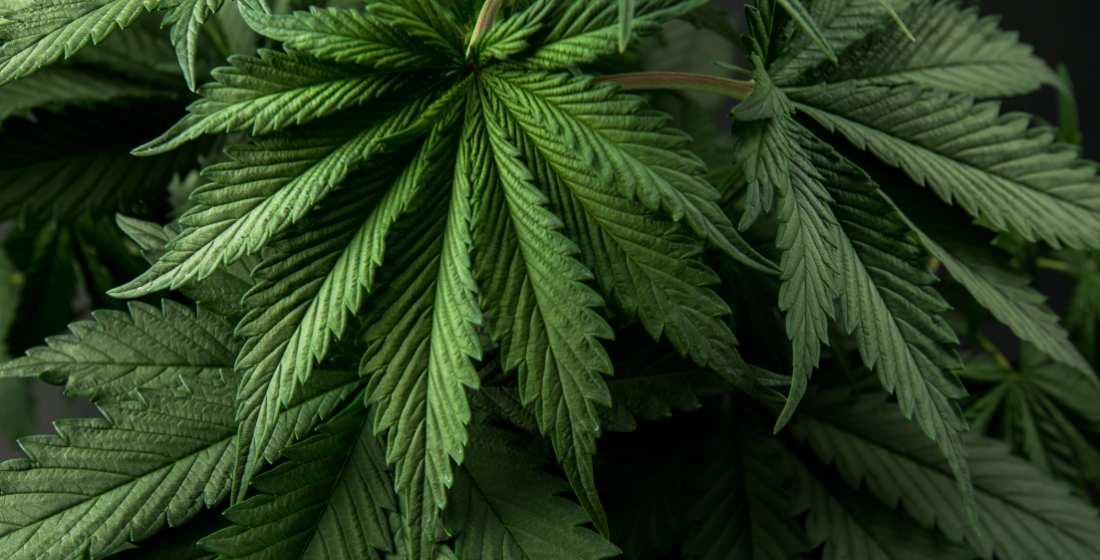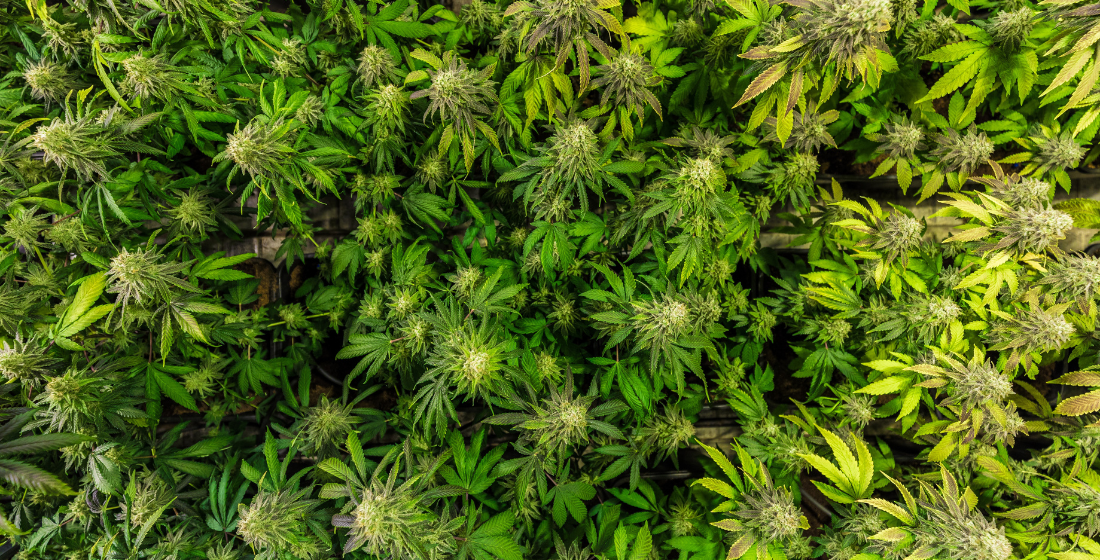Basics of Cannabis: Facts, Statistics and Active Components
The popularity and therapeutic potential of cannabis have made it a focal point of research and debate. Whether you’re considering its medicinal properties or just curious about its effects, understanding the basics of cannabis is essential. This article delves into the facts, statistics, and active components that make up this multifaceted plant. The Psychoactive Powerhouse…

The Psychoactive Powerhouse
Cannabis is one of the most popular psychoactive substances in the world. Its rich history and widespread use have led to a plethora of studies and discussions around its benefits and potential risks.Understanding Cannabinoids and Terpenes
A deep dive into the primary active components of cannabis – cannabinoids and terpenes. Cannabis contains over 100 active compounds called cannabinoids. Among them, delta-9-tetrahydrocannabinol (THC) and cannabidiol (CBD) are the most renowned. Beyond cannabinoids, the cannabis plant is also home to other active components known as terpenes.The Intoxicating Effects of THC
Delving into how THC induces the sensation commonly referred to as a “high”. THC, or delta-9-tetrahydrocannabinol, is the primary compound responsible for the intoxicating effect of cannabis called a high.Hemp: A Versatile Offshoot of Cannabis
Introducing hemp, its uses, and how it distinguishes itself from other cannabis varieties. Hemp, a form of cannabis, boasts numerous applications. It can be utilized to manufacture products like paper, rope, textiles, clothing, paint, insulation, biofuel, food, biodegradable plastic, and animal feed. A critical differentiator between hemp and other cannabis varieties lies in its THC content. By definition, hemp contains less than 0.3% THC, although this threshold may be 0.2% in some regions.Cannabis By The Numbers
Exploring key statistics that paint a picture of cannabis usage and its impact globally.- Over 200 million people across the globe count themselves as cannabis users.
- Almost 10% of these users reported using cannabis daily or near-daily over the past year.
- In 2016, 22.1 million individuals met the diagnostic criteria for cannabis use disorder.
- Cannabis is the leading cause for addiction treatment worldwide, accounting for 39% of cases.
The Endocannabinoid System Explained
A concise introduction to the endocannabinoid system and its relationship with cannabis. The human body is equipped with its endocannabinoid system. This system plays a pivotal role in regulating stress levels, sleep patterns, pain perception, inflammation, and cognitive functions such as memory and learning. Intriguingly, our body can produce substances termed endocannabinoids, which bear a striking resemblance to those found in the cannabis plant. THC, when introduced to the body, interacts with our endocannabinoid system, potentially disrupting its equilibrium. Regular consumption can lead to the development of tolerance, and users might experience withdrawal symptoms upon reducing or halting their cannabis intake. References: Nutt, D. (2020). DRUGS WITHOUT THE HOT AIR: making sense of legal and illegal drugs. UIT Cambridge Limited.Similar Posts
Marijuana withdrawal: What are the symptoms and how can one cope with them?
Cannabis, popularly known as marijuana, has become an integral part of many people’s lives. However, like many substances, quitting it can lead to certain withdrawal symptoms. In this article, we will explore the withdrawal symptoms associated with marijuana and offer strategies to cope with them effectively. Withdrawal symptoms and other difficulties An in-depth look at…
Cannabis Dependence: Reasons People Quit, Symptoms and the Healing Process
Cannabis, while known for its recreational and medicinal properties, can lead to dependency for some individuals. The journey of reducing or quitting cannabis use is challenging but offers many benefits. This article provides insights into the reasons people quit, the symptoms of cannabis dependence, the healing process, and suggestions on how to reduce cannabis consumption….




